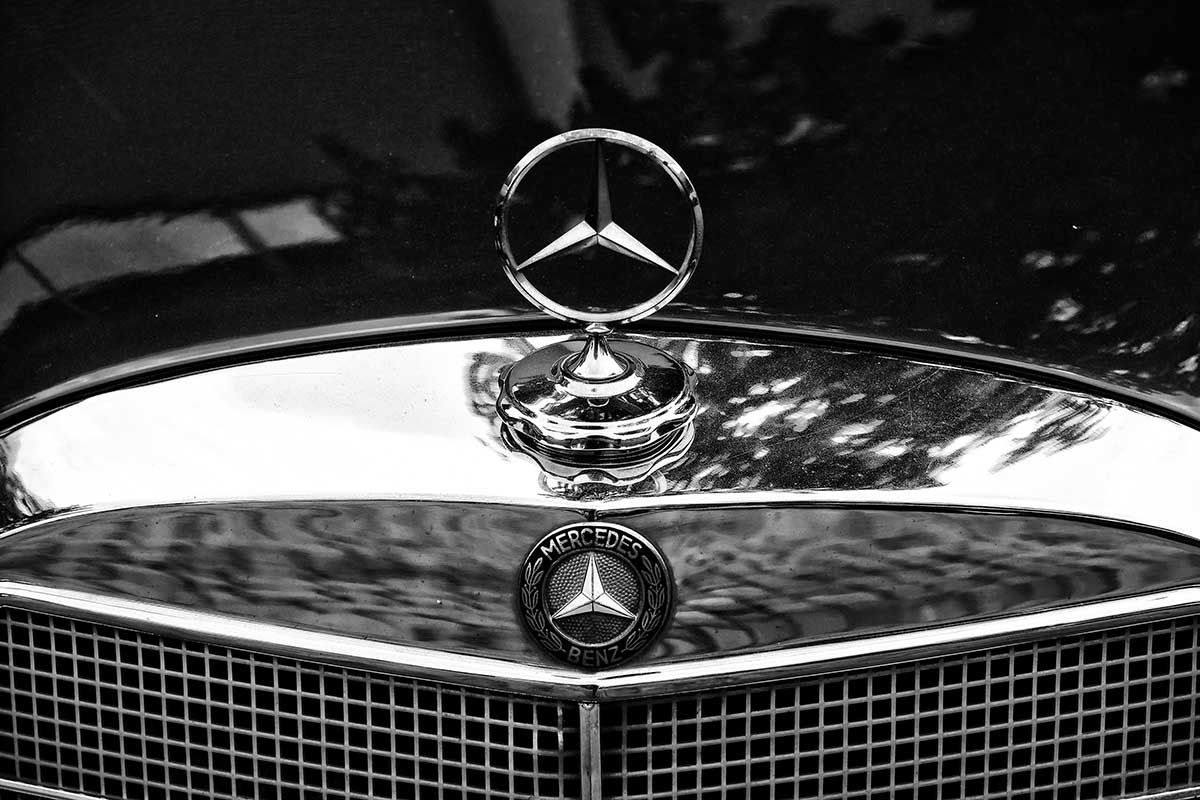Our Blog
Worried about your check engine light? Visit Today's European Cars in Houston, TX for expert diagnostics & repairs. Schedule an online appointment now!
Ensure your vehicle runs smoothly. Discover essential scheduled maintenance tips at Today's European Cars in Houston, TX. Schedule an online appointment now.







